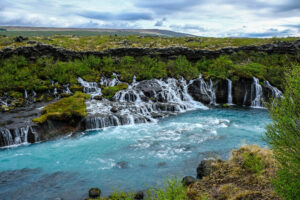
- Clean Energy: Iceland relies heavily on renewable energy sources, particularly geothermal and hydroelectric power. Geothermal energy, harnessed from the Earth’s heat, provides heating for buildings and generates electricity. Hydroelectric power utilizes the abundant water resources in the country. These renewable energy sources produce minimal pollution compared to fossil fuels.
- Low Population Density: Iceland has a small population relative to its size, with around 350,000 people. This low population density means fewer emissions from transportation, industry, and other sources compared to more densely populated countries.
- Strict Environmental Regulations: Iceland has implemented strict environmental regulations to protect its natural landscapes and ecosystems. These regulations govern emissions from industries, waste management, and protection of water bodies, contributing to lower pollution levels.
- Remote Location: Iceland’s remote location in the North Atlantic Ocean means it is less affected by pollution from neighboring countries. Industrial pollution and urban emissions from nearby regions are not significant contributors to Iceland’s pollution levels.
Overall, the combination of clean energy sources, low population density, stringent regulations, and its remote location helps keep Iceland relatively free from pollution.
